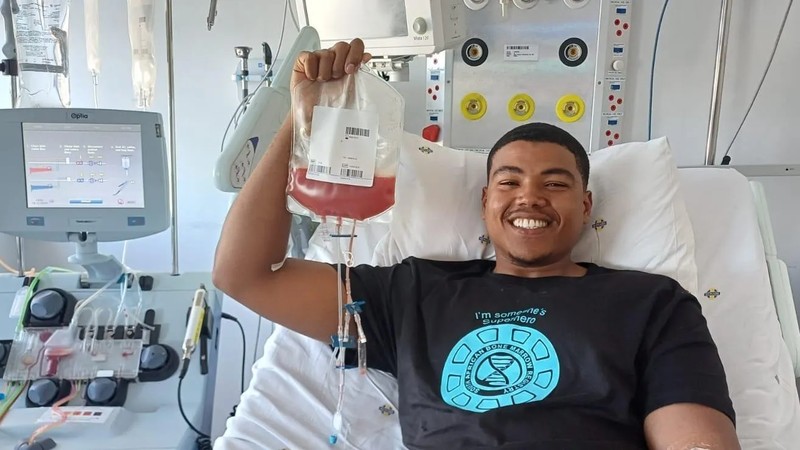THE South African Bone Marrow Registry (SABMR) is introducing annual anniversary surveys to confirm whether registered donors remain committed to being part of the programme.
The move aims to prevent the heartbreaking scenario where a patient, matched with a potential life-saving donor, finds that person has withdrawn or can no longer be reached, despite still being listed on the database.
“Once someone signs up as a stem cell donor, a certain level of commitment is required,” says Jane Ward, Deputy Director of the SABMR. “Lives quite literally hang in the balance. A stem cell transplant is often the last and only resort for patients with life-threatening blood disorders.”
Ward explains that while people are allowed to change their minds, early dropouts are far less damaging than last-minute withdrawals.
“Maybe a year down the line, you get called and realise, ‘What did I get myself into?’ and then back out. That’s okay. I’d rather a donor backs out on day one and tells us, than at the time of donation because that’s devastating for the patient. You might be their only match.”
SABMR will begin regular engagement campaigns with donors to stress the importance of their commitment by using tools like education, awareness, and follow-up questionnaires.
Ward says that donors will also receive a one-week follow-up survey after registering, giving them a chance to recommit or reconsider.
“This allows us to filter out people who may have signed up due to peer pressure or didn’t disclose things like a fear of needles, which is the most common reason given when they later withdraw.”
She says SABMR has found that how donors are recruited significantly affects their likelihood of staying.
Those who volunteer at donor drives are more likely to back out than those who sign up online because they’ve taken the time to fill out the application forms.
Now, new recruits will be given a week after signing up to decide if they are still eager to be listed on the database.
“We’ll send them a survey asking them to recommit just so that we can filter out those donors that may have joined because of peer pressure or might not have indicated that they are scared of needles, which is most often the reason they give for when we have to remove them,” said Ward.
A World Marrow Donor Association (WMDA), report stated that despite having close to 43 million donors, tracing or contacting them remains a significant problem. In 2023, the body had to remove 50% of its donors from its database because they could not be traced or contacted.
Ward said 11% of those donors were from South Africa. ‘It happens more than you think,” she said.
She described the trend as “deeply concerning,” as the odds of finding a suitably matched donor are already just 1 in 100,000.
The odds were even higher for patients from certain ethnic or mixed backgrounds, due to genetic diversity. To ensure that their database is up to date and donors can be reached, the SABMR asks them to supply their contact details, as well as secondary contact details of family or friends. They also use Facebook and Instagram to find their listed donors or even contact companies where the donors have listed their work details.
Currently, there are 79 000 donors on the registry, but donors are removed every year for various reasons which include medical (like cancer, autoimmune disease), immigration, personal withdrawal and age.
“We recognise that our database is over 30 years old, which is why we place strong emphasis on the need for younger donors. We’ve seen the impact first-hand of what a successful transplant means for patients and their families who otherwise would not have had the gift of a second chance at life. Therefore, we urge donors to notify us if their contact details have changed, as outdated information severely impacts a patient’s chances of finding a match and ultimately their chance of survival.”
